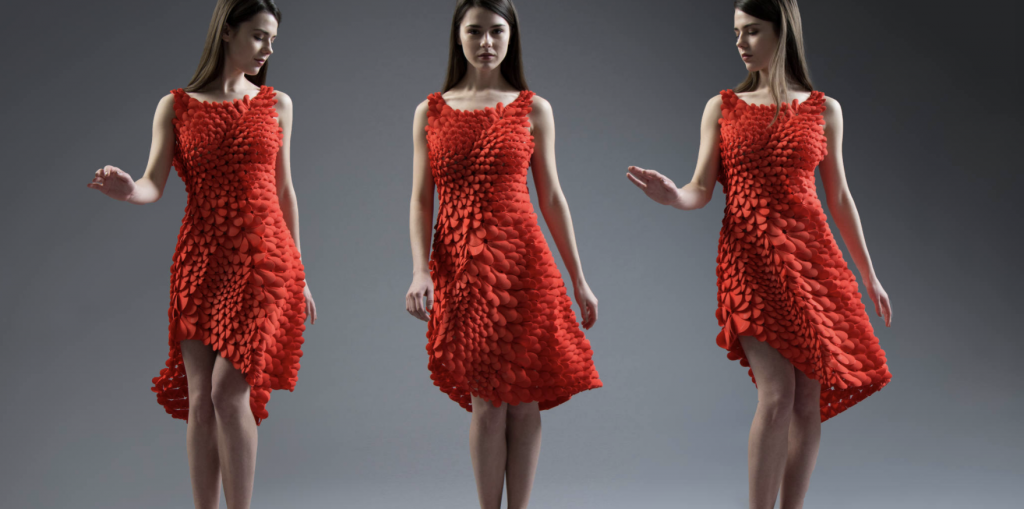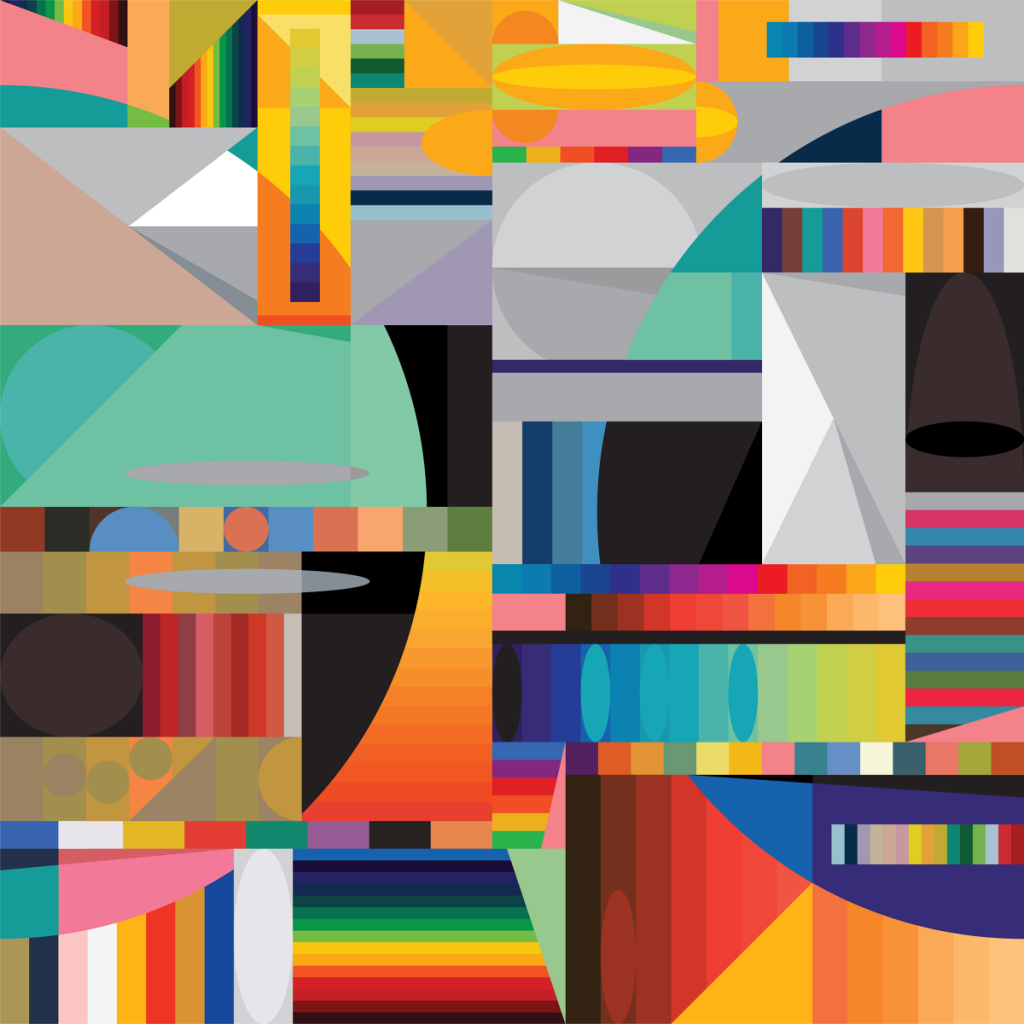//Shruti Prasanth
//Section C
//Project 5- Wallpaper
function setup() {
createCanvas(500, 500);
background (243,239,201);
}
function draw() {
rectMode(CENTER);
//flower starts at canvas top left corner, and translates from the previous position:
flower(0, 0);
flower(150,0);
flower(150,0);
flower(150,0);
flower(-75,150);
flower(-150,0);
flower(-150,0);
flower(-150,0);
flower(-75,150);
flower(150,0);
flower(150,0);
flower(150,0);
flower(150,0);
flower(75,150);
flower(-150,0);
flower(-150,0);
flower(-150,0);
flower(-150,0);
}
function flower(x,y) {
push();
translate(x,y);
noStroke();
fill(215,210,143);
//diam= 50
circle(width/10, height/10, 50);
fill(255);
circle(width/10, height/10, 10);
push();
translate(width/10, height/10);
fill(255);
//inbetween big circle and ellipse dots
circle(-55,-100,10);
circle(55,-100,10);
circle(55,100,10);
circle(-55,100,10);
circle(-100,-18,10);
circle(100,-18,10);
circle(-100,18,10);
circle(100,18,10);
circle(0,-30,20);//inner white circles
circle(0,30,20);
circle(30,0,20);
circle(-30,0,20);
circle(-20,20,20);
circle(20,20,20);
circle(20,-20,20);
circle(-20,-20,20);
ellipse(0,70,20,50);
ellipse(0,-70,20,50);
ellipse(70,0,50,20); //right long petal
ellipse(-70,0,50,20);
circle(45,45,30); //bigger outer circle
circle(45,-45,30);
circle(-45,-45,30);
circle(-45,45,30);
pop();
}
For my coded wallpaper, I was inspired by the queen annes lace flower, and I decided to abstract the petals into a vector design version. I used a lot of ellipses and circles of varying sizes, and based it off a light green + white color scheme. This wallpaper might be something I would wear possibly on a printed dress.
![[OLD FALL 2020] 15-104 • Introduction to Computing for Creative Practice](../../../../wp-content/uploads/2021/09/stop-banner.png)


